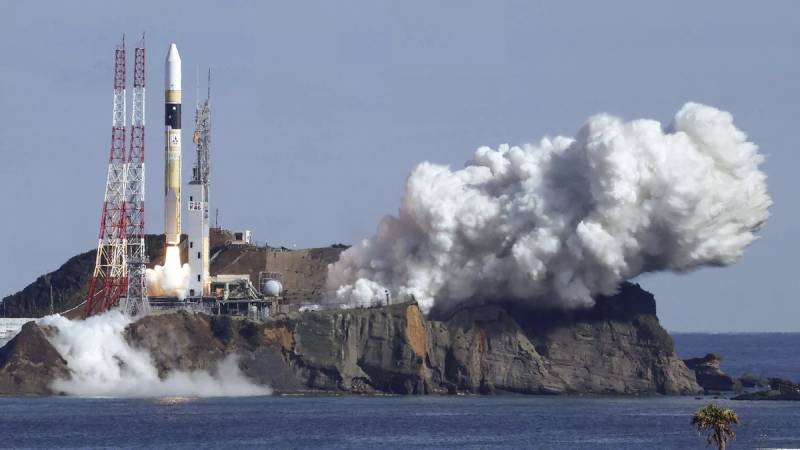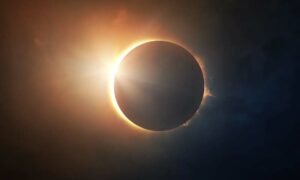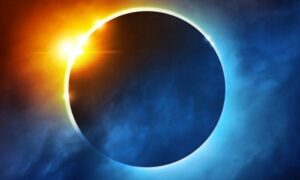According to the Japan Aerospace Exploration Agency (JAXA), Japan launched a rocket to the moon on Wednesday in an attempt to become the fifth nation to set foot on the lunar surface.
The launch of the H-IIA rocket from the Tanegashma Space Centre, which is situated on one of Japan’s southern islands, was delayed three times due to weather conditions between August 25 and September 1 before finally taking off at 7:42 p.m. ET.
The X-ray Imaging and Spectroscopy Mission (XRISM) and the Smart Lander for Investigating Moon (SLIM), which is a lunar lander, were both carried on the rocket, and both successfully separated after launch, according to the agency.
Instead than landing “somewhere on the moon,” SLIM is aiming to do it with pinpoint precision — just 100 metres (328 feet) away from its target.
In the future moon missions and even on other planets, the agency expects that this demonstration will open the door for a novel sort of landing.
“In anticipation of future solar system science exploration, we will realize weight reduction for landing on planets with severe resource constraints and mounting higher performance observation equipment,” JAXA said. “We humans will achieve a qualitative shift from the traditional landing, where it is easy to land, to landing where we want to land.”
SLIM is not anticipated to land until the beginning of 2024 due to the fuel-efficient path it is pursuing.
Japan will join the United States, Russia, China, and India as the fifth nation to set foot on the moon if the mission is a success.
When India’s spacecraft landed on the moon on August 23, it became the fourth nation to do so, and the first to do so in the lunar south pole region, where it will spend the next two weeks doing research and gathering data.
A similar journey to India had been attempted by Russia, but on August 19, after losing contact with the Russian space agency, the Luna-25 spacecraft crashed onto the moon’s surface. A 33-foot crater made by Luna 25 was later depicted in photographs supplied by NASA.
As a space observatory, XRISM is equipped with a telescope, an X-ray imager, and a spectrometer that can detect electromagnetic radiation, according to JAXA.
The fourth state of matter, space plasma, which is composed of ionised gases, will also be measured, along with the elements present in stars and galaxies.
XRISM will also investigate “the formation of large-scale structures formed by stars, galaxies, and groups of galaxies will be clarified in unprecedented detail,” the organisation claimed.
Japan has made previous attempts to land on the moon. In November 2022, the nation launched the OMOTENASHI mission together with NASA’s Artemis I mission. OMOTENASHI stands for Outstanding MOon exploration TEchnologies shown by NAno Semi-Hard Impactor.
It would have been the lightest lunar lander to ever land on the moon, weighing only 30 pounds. However, JAXA lost contact within a day and had to halt the recovery efforts.
A private lunar landing project called Hakuto-R project 1 was also launched in December 2022 with an attempt to land in April 2023, but communication was lost, and it crashed instead.
- Top 5 Health Insurance Stocks to Add to Your Portfolio - July 26, 2024
- 7 Reasons Edamame is Great for Your Health - July 26, 2024
- 2024 Paris Olympics: How Many US Athletes Are Competing? - July 26, 2024





